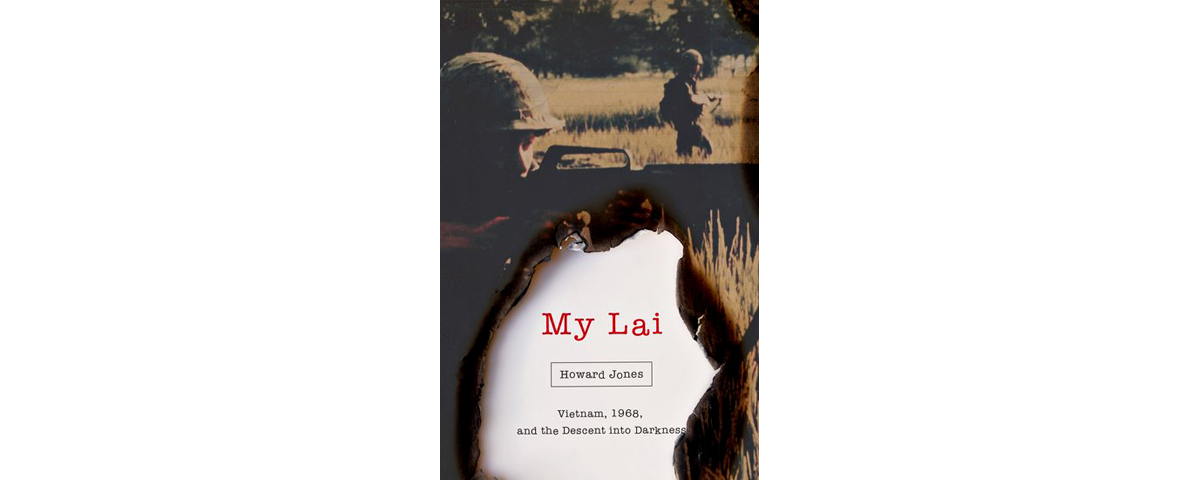My Lai: Vietnam, 1968 and the Descent Into Darkness, by Howard Jones, Oxford University Press, New York, 2017, $34.95
The massacre of several hundred Vietnamese civilians by U.S. soldiers at My Lai on March 16, 1968, was a war crime. When the story broke, many Americans refused to believe it. But the truth eventually emerged during the courts-martial of platoon leader 2nd Lt. William Calley, company commander Captain Ernest Medina and brigade commander Colonel Oran Henderson. Medina was ultimately acquitted of war crimes, and Henderson was acquitted on charges of having covered up and failed to properly investigate the allegations. Only Calley was convicted of murder, although a federal judge quickly commuted his sentence. Thus, while almost no one today denies the massacre happened, many continue to believe Calley was made a scapegoat for the entire incident.
Jones’ volume is a meticulous and detailed review of what happened in My Lai, the subsequent investigations and the courts-martial. His analysis is brutally frank yet fair, objective and balanced. He relates the combat stress soldiers of Company C, 1st Battalion, 20th Infantry, were under in the weeks before the attack on the village, yet he affirms the massacre was still cold-blooded murder. Jones also details the moral heroism displayed by Warrant Officer Hugh Thompson Jr. and his two helicopter door gunners, Lawrence Colburn and Glenn Andreotta, as they tried to stop the carnage.
Knowledgeable readers’ only complaint will be that Jones makes several factual errors, albeit on peripheral points that in no way detract from the main story. For example, he says that during the Tet Offensive U.S. Marines finally regained control of the U.S. Embassy in Saigon, when, in fact, MPs from the 716th Military Police Battalion deserve much of the credit. In another passage he repeats the oft-quoted canard that Audie Murphy “received more awards than any other American soldier in World War II.”
The author correctly concludes that the cause of the My Lai massacre was a failure in leadership from the division level down to platoon level, but especially between company commander Medina and platoon leader Calley. Some of the most distinguished soldiers of the Vietnam War concurred with that conclusion. Among them, Colonel David Hackworth, who bluntly said, “Calley should have been lined up against the wall and shot—the guy’s a murderer.”
Every graduate of the U.S. Military Academy, ROTC and OCS should be required to read this book before pinning on the gold bars.
—David T. Zabecki





